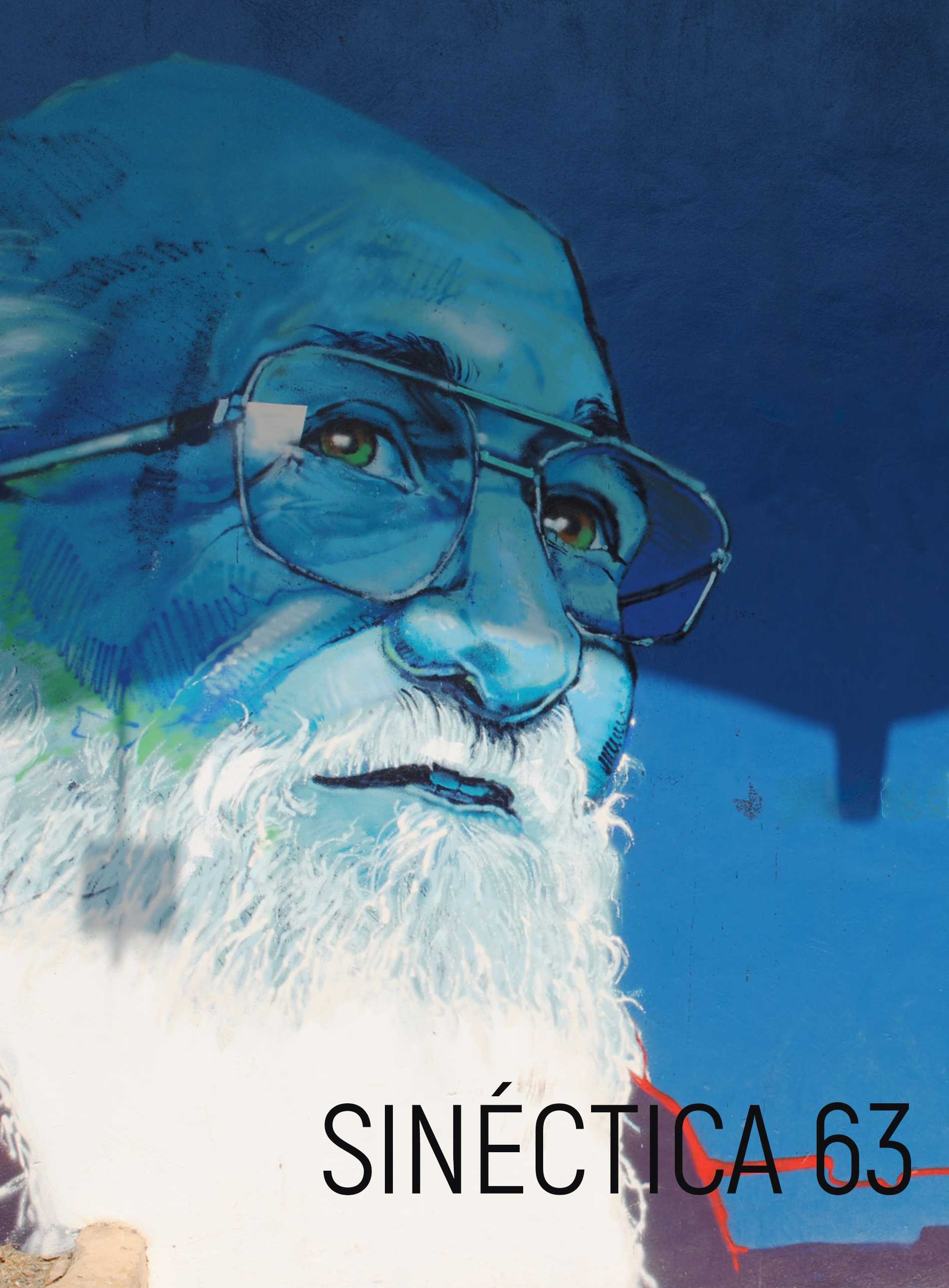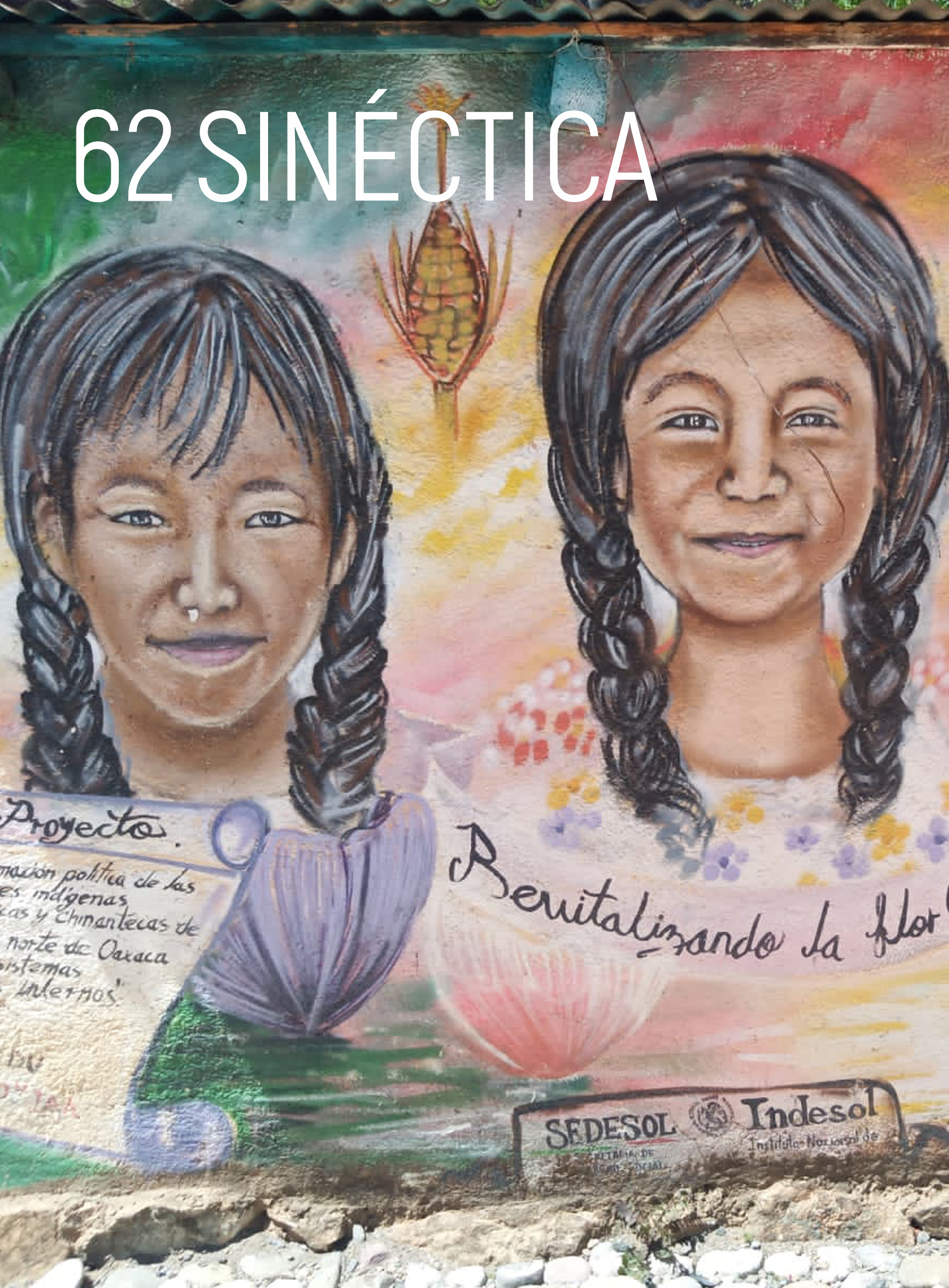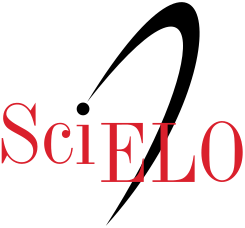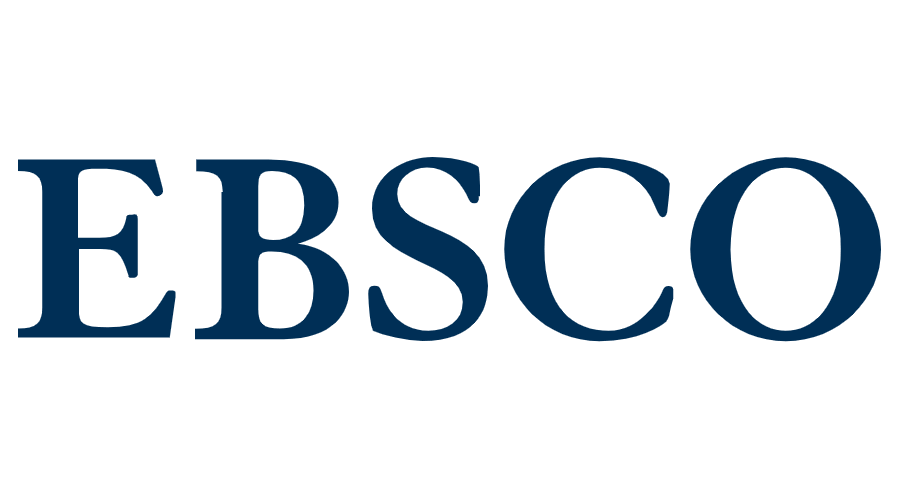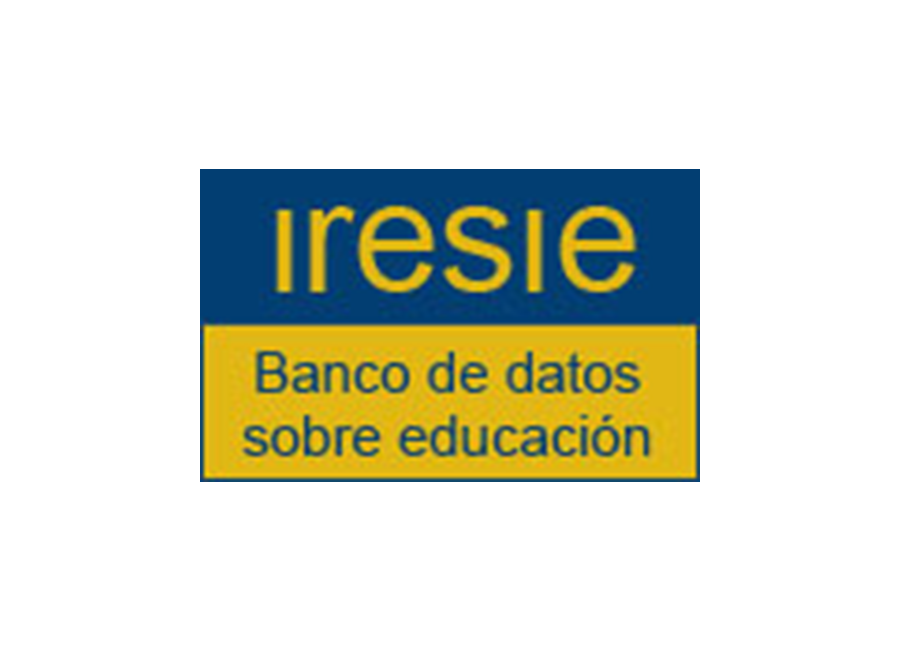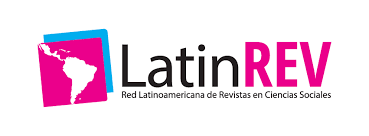Positive youth development in community sport: A program evaluation using the RE-AIM framework
DOI:
https://doi.org/10.31391/S2007-7033(2022)0059-010Keywords:
community-based program, community partnership, non-profit sport, positive youth developmentAbstract
T
The need for developmentally appropriate youth sport programs has instigated evidence-informed research interventions, yet intersectoral exchanges with pre-existing community-based sport programs remain rare. As such, this study involved a collaborative evaluation of a community sport program designed for underserved youth using the RE-AIM framework (Glasglow et al., 1999). Data were available to evaluate the programs reach and maintenance; however, the adoption and implementation dimensions required further evidence-informed tools for reliable evaluation. Similarly, whereas the organization deemed their effectiveness to be a critical component of the program, an inadequate amount of data was available to enable its measurement. We provide recommendations for establishing partnerships between researchers and pre-existing youth sport programs and discuss the implications of developing a user-friendly and evidence-informed evaluation toolkit.
Downloads
References
Bean, C., Kramers, S., Forneris, T. & Camiré, M. (2018). The implicit/explicit continuum of life skills development and transfer. Quest. 70(4), 456-470. https://doi.org/10.1080/00336297.2018.1451348
Bean, E., Whitley, M. A. & Gould, D. (2014). Athlete impressions of a character-based sports program for underserved youth. Journal of Sport Behaviour, 37(1), 3-23.
Benoit, C., Casey, L., Jansson, M., Phillips, R. & Burns, D. (2011). In for the long haul: Knowledge translation between academic and nonprofit organizations. In B. J. R. Leadbeater, E. M. Banister & E. A. Marshall (Eds.). Knowledge translation in context: Indigenous, policy, and community settings (pp. 15-34). University of Toronto Press.
Brunelle, J., Danish, S. & Forneris, T. (2007). The impact of a sport-based life skill program on adolescent prosocial values. Applied Developmental Science, 11(1), 43-55. https://doi.org/10.1080/10888690709336722
Camiré, M., Forneris, T., Trudel, P. & Bernard, D. (2011). Strategies for helping coaches facilitate positive youth development through sport. Journal of Sport Psychology in Action, 2(2), 92-99. https://doi.org/10.1080/21520704.2011.584246
Coakley, J. (2011). Youth sports: What counts as “positive development”? Journal of Sport and Social Issues, 35(3), 306-324. https://doi.org/10.1177/0193723511417311
Côté, J. & Fraser-Thomas, J. (2016). Youth involvement and positive development in sport. In P. R. E. Crocker (Ed.). Sport and exercise psychology (pp. 256-287). Pearson.
Côté, J., Turnnidge, J. & Evans, M. B. (2014). The dynamic process of development through sport. Kinesiologia Slovenica, 20(3), 14-26.
Côté, J., Turnnidge, J., Murata, A., McGuire, C. & Martin, L. (2020). Youth sport research: Describing the integrated dynamics elements of the Personal Assets Framework. International Journal of Sport Psychology, 51(6), 562-578.
Cullen, A., Giles, T. & Rosenthal, J. (2006). Evaluating community-based child health promotion programs: A snapshot of strategies and methods. National Academy for State Health Policy.
Danish, S., Forneris, T., Hodge, K. & Heke, I. (2004). Enhancing youth development through sport. World Leisure, 46(3), 38-49. https://doi.org/10.1080/04419057.2004.9674365
Finch, C. F. & Donaldson, A. (2010). A sports setting matrix for understanding the implementation context for community sport. British Journal of Sports Medicine, 44(13), 973-978. https://doi.org/10.1136/bjsm.2008.056069
Gibson, K. (2017). Mixed-methods research in sport and exercise: Integrating qualitative research. In B. Smith & A.C. Sparkes (Eds.). Routledge Handbook of Qualitative Research in Sport and Exercise (pp. 382-396). Routledge International Handbooks.
Glasgow, R.E., Vogt, T.M. & Boles, S.M. (1999). Evaluating the public health impact of health promotion interventions: The RE-AIM framework. American Journal of Public Health, 89(9), 1322-1327.
Gould, D., Flett, R. & Lauer, L. (2011). The relationship between psychosocial developmental and the sports climate experienced by underserved youth. Psychology of Sport and Exercise, 13(1), 80-87. https://doi.org/10.1016/j.psychsport.2011.07.005
Graham, I. D., Logan, J., Harrison, M. B., Straus, S. E., Tetroe, J., Caswell, W. & Robinson, N. (2006). Lost in knowledge translation: time for a map? Journal of Continuing Education in the Health Professions, 26(1), 13-24. https://doi.org/10.1002/chp.47
Herman, R. D. & Renz, D. O. (1997). Multiple constituencies and the social construction of non-profit organization effectiveness. Nonprofit and Voluntary Sector Quarterly, 26(2), 185-206. https://doi.org/10.1177/0899764097262006
High Five (2020). What is high five: Mission, vision, and principles. https://www.highfive.org
Hoekstra, F., Martin Ginis, K. A., Allan, V., Kothari, A. & Gainforth, H. (2018). Evaluating the impact of a network of research partnerships: A longitudinal multiple case study protocol. Health Research Policy Systems, 16(107), 1-11. https://doi.org/10.1186/s12961-018-0377-y
Holt, N. L. (Ed.). Positive youth development through sport. Routledge International Handbooks.
Holt, N. L. & Neely, K. C. (2011). Positive youth development through sport: A review. Revista Iberoamericana de Psicología del Ejercicio y el Deporte, (6)2, 299-316.
Jung, M., E., Bourne, J., E. & Gainforth, H., L. (2018). Evaluation of a community-based, family focused healthy weight initiative using the RE-AIM framework. International Journal of Behavioral Nutrition and Physical Activity, 15(13). https://doi.org/10.1186/s12966-017-0638-0
Lawrason, Turnnidge, J., Tomasone, J., Allan, V., Côté, J., Dawson, K. & Martin, L. J. (2021). Employing the RE-AIM Framework to Evaluate Multisport Service Organization Initiatives. Journal of Sport Psychology in Action, 12(2), 87-100. https://doi.org/10.1080/21520704.2020.1773592
Martinek, T., Schilling, T. & Johnson, D. (2001). Transferring personal and social responsibility of underserved youth to the classroom. The Urban Review, 33(1), 29-45. https://doi.org/10.1023/A:1010332812171
NUTMEG (2018). About us: What we do. https://nutmegsoccer.org
Pierce, S., Kendellen, K., Camiré, M. & Gould, D. (2016). Strategies for coaching for life skills transfer. Journal of Sport Psychology in Action, 9(1), 11-20. https://doi.org/10.1080/21520704.2016.1263982
Shaw, R. B., Sweet, S. N., McBride, C. B., Adair, W. K. & Martin Ginis, K. A. (2019). Operationalizing the reach, effectiveness, adoption, implementation, maintenance (RE-AIM) framework to evaluate the collective impact of autonomous community programs that promote health and well-being. BMC Public Health, 19(1), 803. https://doi.org/10.1186/s12889-019-7131-4
Toivonen, H. M., Wright, P. M., Hagger, M. S., Hankonen, N., Laine, K. & Lintunen, T. (2021). Feasibility of a responsibility-based leadership training program for novice physical activity instructors. Frontiers in Psychology, 12, 648235–648235. https://doi.org/10.3389/fpsyg.2021.648235
Turnnidge, J. & Côté, J. (2017). Transformational coaching workshop: Applying a person-centered approach to coach development programs. International Sport Coaching Journal, 4(3), 314-325. https://doi.org/10.1123/iscj.2017-0046
Turnnidge, J., Côté, J. & Hancock, D.J. (2014). Positive youth development from sport to life: Explicit or implicit transfer? Quest, 66(2), 203-217. https://doi.org/10.1080/00336297.2013.867275
Verhagen, E., Voogt, N., Bruinsma, A. & Finch, C. F. (2013). A knowledge transfer scheme to bridge the gap between science and practice: An integration of existing research frameworks into a tool for practice. British Journal of Sports Medicine, 48(8), 698-701. https://doi.org/10.1136/bjsports-2013-092241
Weiss, M. R. (2016). Old wine in a new bottle: Historical reflections of sport as a context for youth development. In Holt, N. L. (Ed.). Positive youth development through sport (pp. 7-20). Routledge International Handbooks.
Weiss, M. R., Kipp, L. E., Phillips Reichter, A. & Bolter, N. D. (2020). Evaluating girls on the run in promoting positive youth development: Group comparisons on life skills transfer and social processes. Pediatric Exercise Science, 32(3), 172-182. https://doi.org/10.1123/pes.2019-0252
Weiss, M. R., Stuntz, C. P., Bhalla, J. A., Bolter, N. D. & Price M.S. (2013). ‘More than a game’: Impact of the first tee life skills program on positive youth development: Project introduction and yearly findings. Qualitative Research in Sport, Exercise, and Health, 5(2), 214-244. https://doi.org/10.1080/2159676X.2012.712997
Whitley, M. A., Forneris, T. & Barker, B. (2015). The reality of sustaining community-based sport and physical activity programs to enhance the development of underserved youth: Challenges and potential strategies. Quest. 67(4), 409-423. https://doi.org/10.1080/00336297.2015.1084340
Whitley, M. A., Forneris, T. & Barker, B. (2014). The reality of evaluating community-based sport and physical activity programs to enhance the development of underserved youth: Challenges and potential strategies. Quest. 66(2), 218-232. https://doi.org/10.1080/00336297.2013.872043
Williams, C., Neil, R., Cropley, B., Woodman, T. & Roberts, R. (2022). A systematic review of sport-based life skills programs for young people: The quality of design and evaluation methods. Journal of Applied Sport Psychology, 34(2), 409-435 https://doi.org/10.1080/10413200.2020.1792583
Downloads
Published
Issue
Section
License
Copyright (c) 2022 Sinéctica

This work is licensed under a Creative Commons Attribution-NonCommercial 4.0 International License.
This work is licensed under a Creative Commons Attribution-NonCommercial 4.0 International license.
Authors who publish in Sinéctica agree to the following terms:
The authors retain copyright and grant the journal the right of first publication of the authorized work simultaneously under a Creative Commons Attribution License, which allows others to share the work as long as both the authorship of the work and the initial publication in this journal are acknowledged.
Authors may enter into additional separate contractual agreements for non-exclusive distribution of the published version of the journal (e.g., publishing in an institutional repository or a book), with acknowledgement of initial publication in this journal.
Authors are allowed to publish their work in institutional repositories or on their own website before and during the submission process, as it may generate productive exchanges, as well as earlier and greater citation of the published work.
Explanatory note: As of 2017 Sinéctica is governed by the Creative Commons Attribution Non-Commercial 3.0 International License, a version that standardizes licenses internationally.
Articles published between 1992 and 2016 are covered by a Creative Commons Attribution-NonCommercial-NoDerivatives 4.0 International license, which allows a work to be shared and distributed non-commercially and with acknowledgement of the author, but prohibits modification of the original creation.




